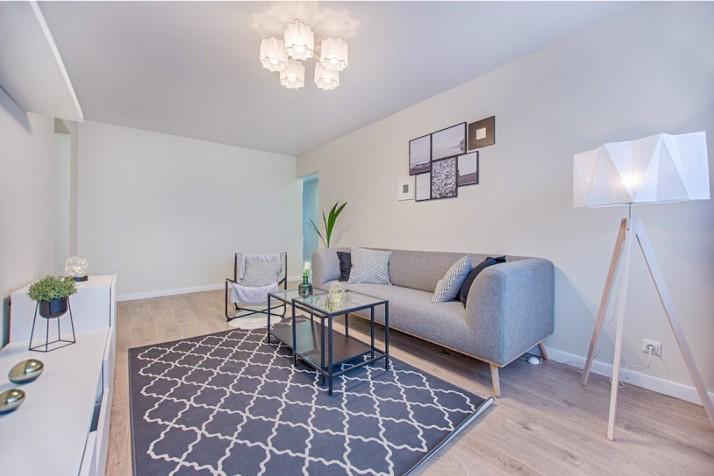Introduction:
Layering rugs is a creative and stylish way to elevate your interior design, adding depth, texture, and a touch of personality to your space. This trend allows you to mix and match different patterns, colors, and textures, creating a visually dynamic and inviting atmosphere. In this article, we'll explore the art of layering rugs and provide tips on achieving stylish vibes with multiple rugs in various areas of your home.
Understanding the Layered Look:
Layering rugs involves placing one rug on top of another to create a visually interesting and cozy effect. This trend allows you to experiment with different textures, patterns, and sizes, enhancing the overall design of a room.
Choosing the Base Rug:
Start with a larger, neutral-colored rug as the base. This foundational rug serves as the backdrop for the layered look and helps anchor the space. Consider a natural fiber rug like jute or sisal for a casual and earthy vibe or a solid-colored rug that complements your existing decor.
Selecting the Top Rug:
The top rug is where you can introduce bold patterns, vibrant colors, or unique textures. This rug should be smaller than the base rug to allow the underlying layer to peek through. Choose a rug that complements the color scheme of the room while adding visual interest.
Experimenting with Textures:
Mix and match textures to create a dynamic and tactile experience. For example, pair a flat-woven rug with a plush, high-pile rug to add contrast and dimension. Combining different textures adds depth and richness to the overall design.
Creating Zones in Open Spaces:
In open-concept living areas, layering rugs can help define different zones within the space. Use rugs to delineate the living room, dining area, and seating nooks. This approach adds structure to the open layout and creates a cohesive design.
Layering in the Bedroom:
Layering rugs in the bedroom adds a luxurious and cozy feel. Place a larger, neutral rug under the bed as the base layer and add smaller accent rugs on either side or at the foot of the bed. This creates a visually pleasing and comfortable area to start and end your day.
Play with Colors and Patterns:
Have fun with colors and patterns when layering rugs. Experiment with bold patterns on the top rug or mix patterns in a cohesive color palette. Consider geometric designs, stripes, or even animal prints for an eclectic and trendy look.
Using Different Shapes:
Rugs come in various shapes, including rectangular, round, and even irregular shapes. Experiment with different rug shapes when layering to create a visually dynamic effect. Round rugs layered on rectangular ones or vice versa can add an unexpected twist to the design.
Consistent Color Palette:
Maintain a consistent color palette when layering rugs to ensure a cohesive and harmonious look. Even if you're working with different patterns and textures, having a common color thread ties the layered rugs together and prevents the design from feeling disjointed.
Consider Practicality:
Keep practicality in mind when layering rugs. Ensure that the rugs are securely anchored with rug pads to prevent slipping and tripping hazards. Additionally, consider the ease of cleaning for each rug layer, especially in high-traffic areas. https://washablearearugs.co.uk/.
Conclusion:
Layering rugs is a versatile and stylish design technique that adds personality and warmth to your home. Whether you're looking to define spaces in open layouts, add coziness to a bedroom, or introduce a pop of color and pattern, layering rugs allows for endless creativity. By carefully selecting complementary textures, colors, and sizes, you can achieve a layered look that not only enhances the aesthetics of your space but also reflects your unique style and design sensibilities.
